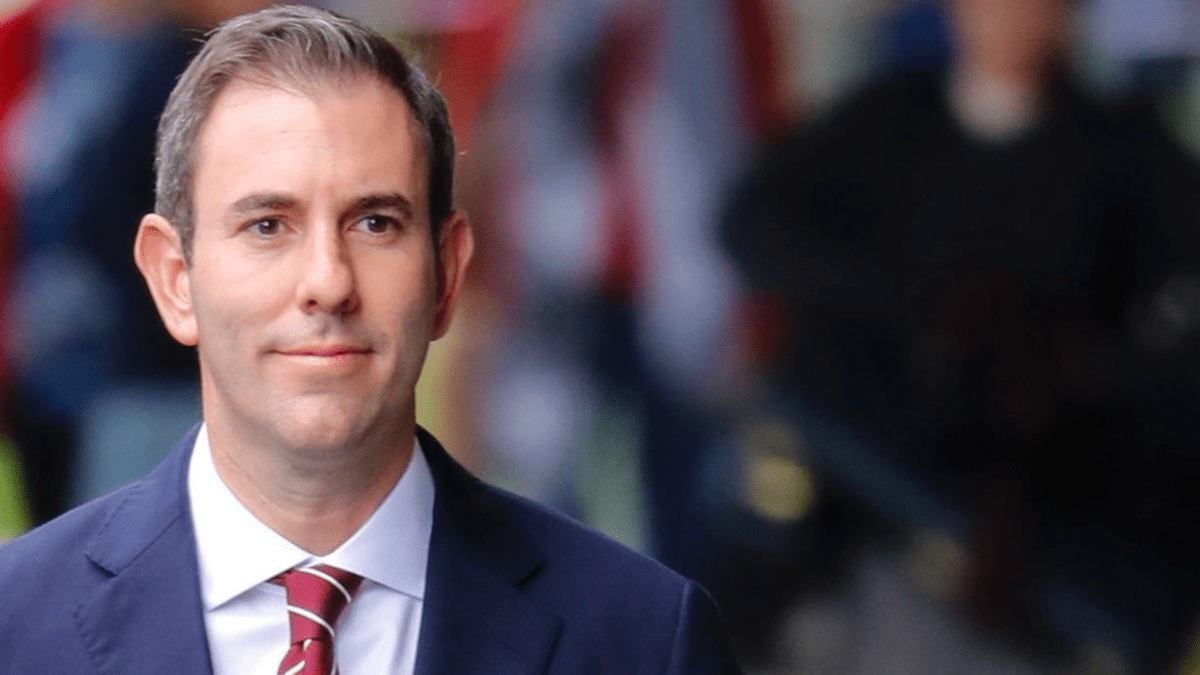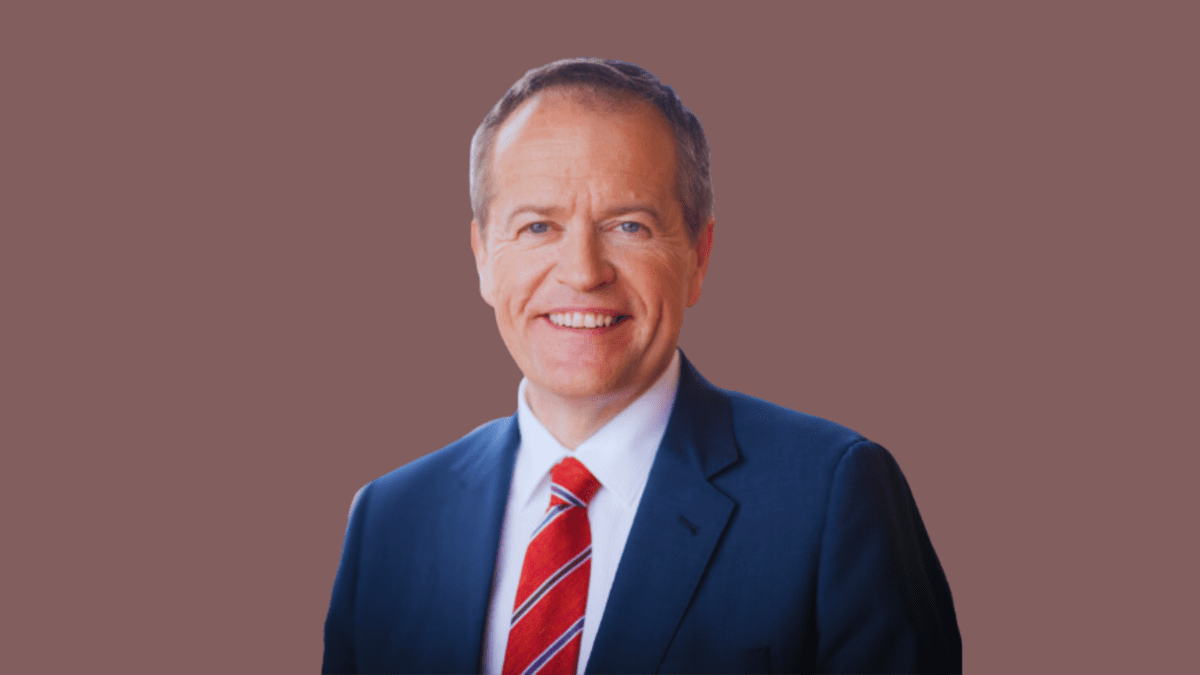Half of SMEs made a profit in March, but recession fears weigh on sentiment
Small and midsize businesses are holding up relatively well in the face of rising input costs and tightening economic conditions, with nearly half operating at a profit in March and a quarter generating higher revenues than before the pandemic, according to a new report from ACA Research.
In its Small & Medium Enterprise Sentiment Tracker for March, in partnership with Ovation, the market researcher found all key performance indicators for small and medium enterprises (SMEs) rose over the month, despite the ongoing and growing challenges smaller businesses are facing.
“SMEs remained resilient in March, but despite stronger revenue and profitability figures, rising input costs such as wages and energy remain significant concerns,” ACA Research managing director James Organ said. “While short-term revenue expectations remain steady, sentiment about economic conditions continues to fall, and hence the fears of a recession are real amongst the SME community.” The jump in the share of SMEs operating at a profit in March, to 48 per cent from 43 per cent in the February sentiment tracker, reflects increases in profitability in line with rising revenue despite the ongoing economic challenges, the report stated (see chart).

At the same time, though, SMEs’ sentiment around the economy “remains delicate”, with 67 per cent of SMEs expecting weaker conditions in Australia in the next three months and 66 per cent expecting softer global conditions.
“It is also concerning that one-third (34 per cent) of SMEs do not think they are well positioned to withstand the impact of a recession over the next 12 months and only 30 per cent are focussing on growth compared to 41 per cent reported in October last year,” Organ said (see chart). Larger organisations are generally better insulated against the effects of a recession than are those in need of additional finance, he noted.

Divergent intentions around hiring, capital investment
While the slight increase in revenue and profit is positive, SMEs also reported a rising level of concern about skill shortages and wage and energy costs over the month of March, with 81 per cent of respondents concerned about increasing energy costs, up from 76 per cent in February. The number of SMEs citing rising interest rates as a concern fell 3 percentage points in March, but it still remains at a substantial 80 per cent.
And while two-thirds per cent of SMEs report being able to pass higher input costs on to customers, only 62 per cent expect to be able to continue to increase their prices (see chart). “Profitable SMEs are more likely to have been passing on higher input costs to customers, while many who operated at a loss in February intend to start doing so, too,” the report stated.

SMEs also appear to be moving toward leaner workforces post-pandemic: 88 per cent of SMEs reported operating with the same or less staff in March. That trend is especially strong among larger businesses that have “apparently right-sized their operations through efficiency initiatives and technology implementation over the past three years,” the report said.
“On a positive note, capital investment intentions have also rebounded as we move into the final quarter of the financial year,” Organ said. “Intentions to invest have increased across the board, but specifically in technology, machinery and plant.” However, businesses have significantly decreased intentions to increase staff numbers.
And 10 per cent of SMEs expect to have trouble making their outstanding loan repayments over the next six months, down from 12 per cent in the report for February. “Understandably, one-third of businesses looking to downsize or exit are experiencing loan repayment difficulties.”
The report also surveyed SMEs on government policy, finding businesses’ satisfaction with the federal government’s ability to support businesses has continued a downward trend, with less than a third of respondents voicing some level of satisfaction.
However, it noted, “56 per cent of SME decision makers support the federal Labor government’s decision to apply a tax rate of 30 per cent to superannuation earnings on balances above $3 million, with hospitality and distribution sectors most likely to support the change.”










